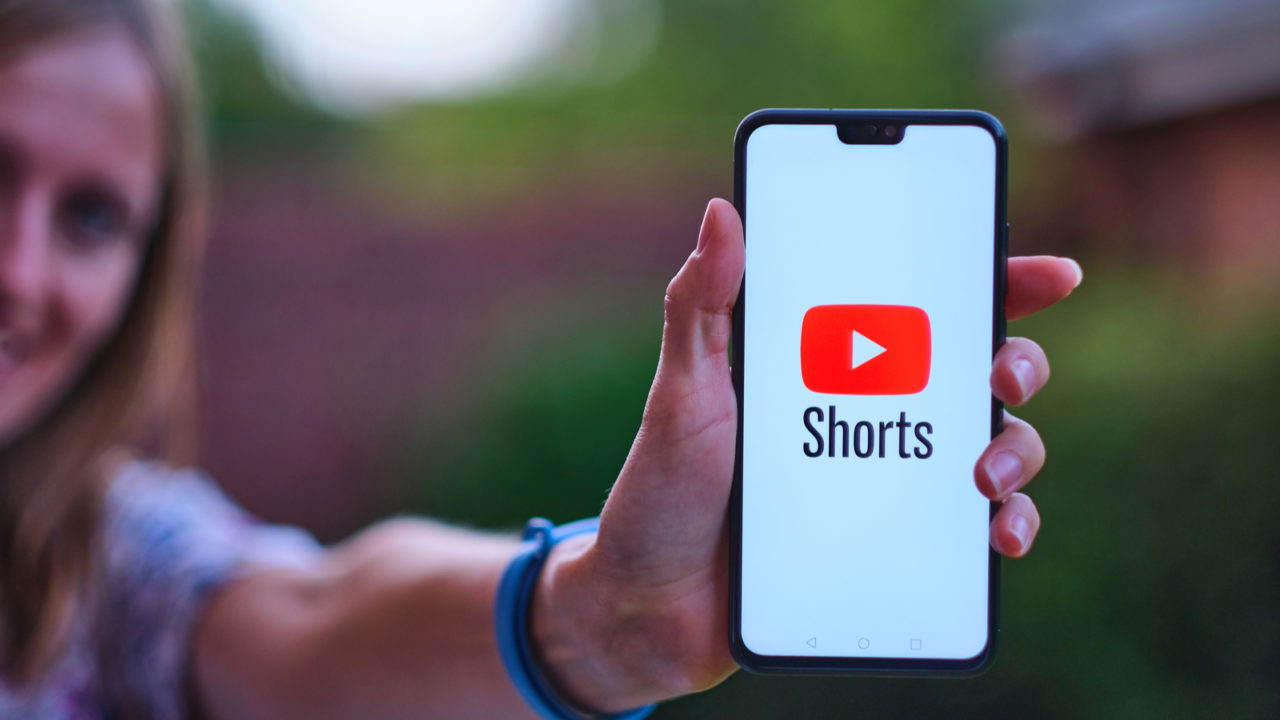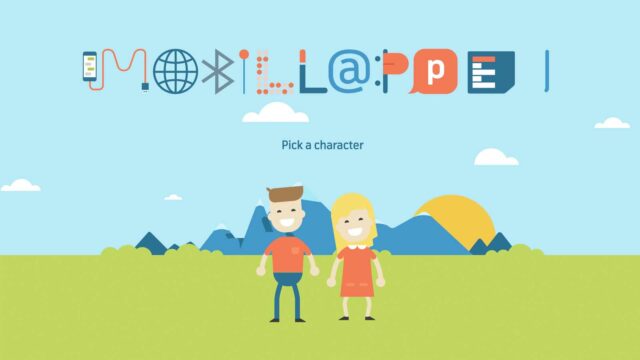
What are YouTube Shorts?
Inspired by TikTok for sharing short video clips, YouTube has introduced Shorts. This is what parents should know about the new feature on YouTube.
Choose language in the Google-box below. Some translations may be flawed or inaccurate.
Watching and sharing short video clips with the outside world has become popular since TikTok came to the surface. The videos can be as little as fifteen seconds or a minute, but rarely any longer than that.
Many have thrown themselves into this trend. Instagram lined up with Reels and doing much of the same, Snapchat ran on with Spotlight, and now YouTube is also out in full swing with Shorts.
With Shorts, Google’s video giant is trying to secure both those who still want to watch longer videos and those who want to sweep through shorter pools of entertainment.
Next impression is just around the corner
What characterizes the ‘new’ way of watching video clips is an endless stream of entertainment. All you have to do is drag your finger onto the next clip because here contributions are presented on a running leash.
And it doesn’t take long between the endpoints. Since every clip is so short, the stunt, the joke, the highlight of the dance, or the goal of the football game comes almost instantly.
What appears in the feed is largely determined by a computer, i.e., it is algorithmically controlled. Based on the user’s age, gender, interests, and what videos they’ve liked, watched, and commented on earlier. The app suggests more of the same.
The advantage is that it becomes easier for a program to guess what you want to see. But the disadvantage is that you can get stuck in a pattern that your computer has decided on your behalf.
Who can watch YouTube Shorts?
Although primarily intended to be watched on smartphones, YouTube Shorts can be viewed on computers by typing #Shorts into the YouTube search bar. One can watch video content on Shorts without an account and with a parent-controlled Google account.
In other words, there are no special restrictions on who can watch YouTube Shorts, but you must state the age of at least 13 years to upload your own content, in which case the account cannot be parentally controlled.
Easy to create your own videos
Using YouTube Shorts to share your own content is easy as long as you have reached the right age. You can film something then and there or upload video files that you already have in the album.
It is also possible to extract audio clips from someone else’s video content on the YouTube platform. Anyone who uploads a video must tick ‘no’ on whether or not others should be allowed to take out and use parts of their content.
Nevertheless, common sense and compliance with legislation dictate that one should ask for permission before using and sharing the content of others.
The video tool is easy to use, and you can add a small ocean of familiar pop songs, or you can change speed, apply filters or countdowns, or cut the video. In other words, there are many opportunities to be creative, without the process of requiring a degree in program knowledge.
Use dislike button
There are pros and cons to all types of entertainment. On the one hand, children and young people can be creative when sharing their content on the Shorts platform, but you must have an account with an age of over 13 to do this.
YouTube Shorts have a playful and intuitive look. There are thousands upon thousands of hours of video content. Humor, dance, and celebrity stuff go hand in hand. However, there are also real-life violence, news, and other content that can be problematic.

Since everything is algorithmically controlled, you can use the ‘dislike button’ on a video to let your computer know that you don’t want any more such videos.
This is not a perfect solution, but it can help to mitigate some of the scopes. It is also possible to report videos. And one can turn on restricted mode inside the settings, which is a kind of filter that screens out some content.
Watching YouTube Shorts also works on parent-controlled YouTube accounts. Here, kids can watch content, but cannot upload their own videos. Presumably, the content filter and algorithm work best with this solution in the sense that some of the content is weeded out, and that the videos suggested are better related to the child’s age.
However, here the content may not be suitable for children. Also, pay attention to the comments section, which can sometimes be quite so relentless. The comments section is turned off on parent-managed accounts.
If you have any doubts, you should perhaps give the youngest children access via YouTube Kids instead. However, this may be perceived as inadequate and ‘childish’ when the children have reached primary school age.
(Translated from Norwegian by Ratan Samadder)
Read more articles in English here.









